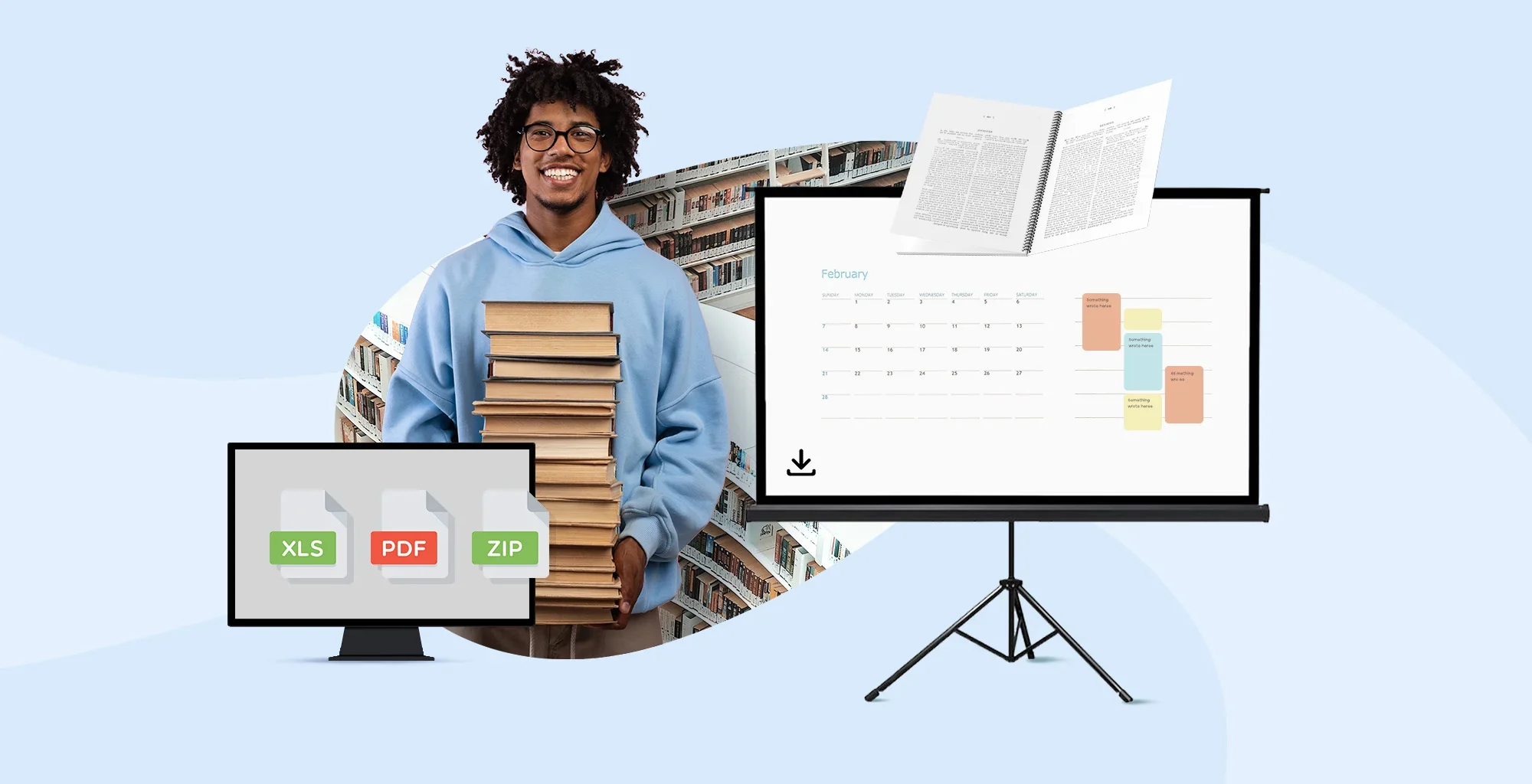Introduction:
A positive school culture is essential for students to learn effectively, engage meaningfully, and develop a sense of belonging. Ensuring this kind of environment requires concerted efforts by administrators, teachers, and students. One key aspect that often goes overlooked is the role teachers play in fostering a positive school culture. By giving teachers the voice and choice they deserve, schools can significantly enhance the overall student experience.
The Importance of Teacher Voice:
1. Promotes Collaboration:
When teachers are permitted to express their ideas, they are more inclined to collaborate with their peers. This collaboration fosters an environment where educators can share best practices, develop innovative techniques, and create effective instructional methodologies.
2. Enhances Decision-making:
By involving teachers in decision-making processes, schools benefit from educators’ knowledge and expertise. As the professionals responsible for delivering lessons and assessing students’ progress, teachers possess invaluable insights that can improve curriculums, teaching strategies, and assessment models.
3. Boosts Morale:
Providing teachers with a voice demonstrates that they are valued members of the school community. This recognition serves to boost teacher morale, which can lead to increased job satisfaction and commitment to their profession.
The Power of Teacher Choice:
1. Empowers Professionals:
Giving educators the autonomy to make decisions about their own classrooms empowers them professionally. When teachers can choose what they think is best for their students based on their own expertise and judgment, it acknowledges them as professionals rather than just employees.
2. Facilitates Innovation:
By empowering teachers with choice concerning their curriculum and teaching approaches, they are given space to innovate and adapt instruction based on the unique needs of their students. This flexibility leads to better outcomes since they can respond to individual learning styles more effectively.
3. Reduces Burnout:
Teacher burnout is a significant issue affecting education today; providing educators with options in their professional practice can alleviate some of the causes of burnout, such as heavy workloads, lack of autonomy, and overwhelming expectations.
Strategies for Promoting Voice and Choice:
To create a positive school culture that fosters teacher voice and choice, administrators can implement various strategies:
1. Encourage Open Dialogue:
Promote open communication channels between teachers and administrators. Offer platforms for teachers to express their ideas, concerns, and opinions, such as staff meetings and virtual forums.
2. Create Well-defined Structures:
Develop structures that allow teachers to participate in decision-making processes, e.g., being part of curriculum committees or serving on professional development teams.
3. Offer Professional Development Opportunities:
Provide ongoing professional development opportunities that empower teachers to grow their skills while addressing their interests and passions.
4. Embrace Flexibility:
Adopt a flexible approach towards teaching methodologies, trusting in educators to make informed decisions about the best strategies for their students.
Conclusion:
A positive school culture is vital for student success, and one crucial element in achieving that is providing teachers with voice and choice. Through collaboration, innovation, and empowerment, schools that embrace teacher involvement will ultimately contribute to a supportive environment benefiting the entire educational community.




